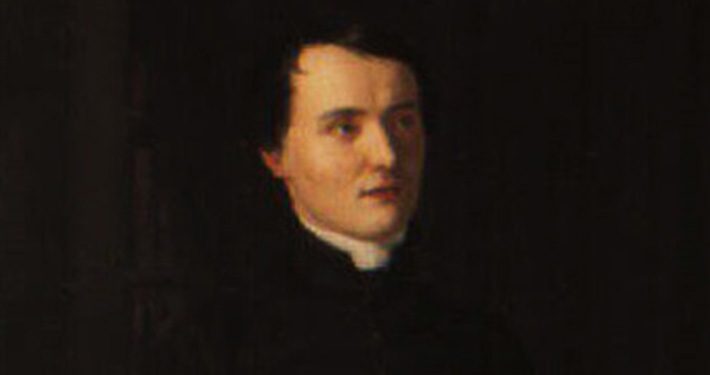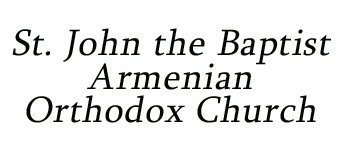BIRTH OF FRIEDRICH WINDISCHMANN
December 13, 1811

Friedrich Windischmann, a Roman Catholic theologian, was noted as one of the best authorities on Armenian linguistics in Germany during the first half of the nineteenth century.
Windischmann was born on December 13, 1811, in Aschaffenburg. He was the son of philosopher Karl J. H. Windischmann (1775-1839). He studied philosophy under his father, and classical philology and Sanskrit in Bonn under two famous scholars, Friedrich Schlegel and Christian Lassen. He defended his Ph.D. dissertation in 1832 about Vedic literature, which was published the following year. He then studied theology in Bonn, Munich, and Venice, where he also studied Armenian with the Mekhitarist Fathers. In 1836 he defended his second doctorate in theology on the Epistles of St. Peter, published in the same year, and was ordained as priest a few months later. In October 1836 he became vicar of the cathedral and secretary of Archbishop Lothar Gebsattel of Munich. In 1838-1839 he was professor-extraordinary of canon law and New Testament exegesis in Freising, near Munich, but resigned in 1839 when he was appointed canon of the St. Cajetan Cathedral.
He was elected member of the Royal Bavarian Academy of Sciences in 1842 and became Vicar General of Munich (1846-1856). He accompanied Archbishop Reisach to Rome when the dogma of the Immaculate Conception was defined in 1854. He eagerly participated in church political and his defense of papal and ecclesiastical rights against the frequent encroachments of the state often brought him into conflict with civil authorities. Friedrich Windischmann fell ill in his last years and passed away on August 23, 1861, in Munich, at the age of 50.
He was very well-versed in the Armenian and Old Persian languages, and in the various Sanskrit dialects. Besides many articles, he published the books Explanation of the Letter to the Galatians (1843), Mithra: A Contribution to the Religious History of the Orient (1857), and the posthumous Zoroastrian Studies (1863).
His most important contribution to Armenian Studies was his book The Position of Armenian in the Aryan Language Branches, which was published nine years after the grammar of Julius Petermann, in 1846, but was already prepared a decade before. Here, Windischmann contributed many arguments to prove that the Armenian language was Indo-European and formed part of the Indo-Iranian branch. The linguist discussed the correlations of Armenian with kindred languages in phonetics, grammar, and lexicon. His conclusion was that there was an old Iranian “dialect” parallel to Persian and Zend (the language of the Avesta, the sacred Iranian books), from which derived the Armenian language. However, he could not define what was original in the language and what was loaned and prove the exact position of Armenian. It was another German linguist, Heinrich Hubschmann (1848-1906), who proved that the Armenian language was an independent branch within the Indo-European language family (1875).
In 2022 Windischmann’s name was in the news when some 4,000 pages of transcripts of unknown lecture notes from the famous philosopher Georg Hegel (1770-1831) were discovered in his estate at the Diocesan Library of the Archdiocese of Munich.


